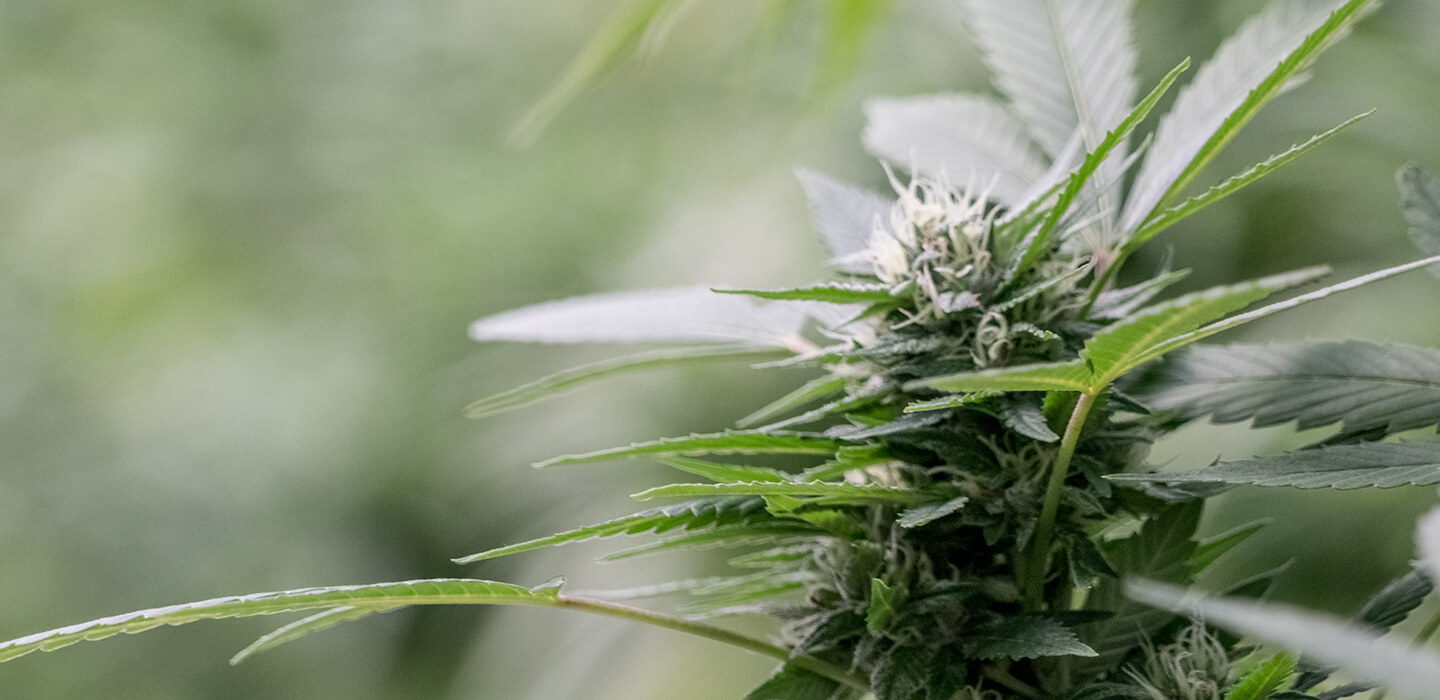
Woordenlijst van cannabisdecontaminatie
Uw gids voor cannabisverwerking en veiligheid
Of u nu nieuw bent in de cannabisindustrie of een doorgewinterde professional, het begrijpen van de technische taal van cannabisverwerking en -decontaminatie is essentieel. Deze woordenlijst is ontworpen om te dienen als een betrouwbare bron voor kwekers, verwerkers, dispensary-exploitanten en iedereen die zich richt op cannabisveiligheidsnormen.
Van het aanpakken van problemen zoals Knoprot om geavanceerde oplossingen te verkennen zoals RadiofrequentietechnologieIn deze woordenlijst vindt u gedetailleerde uitleg over de termen en concepten die van cruciaal belang zijn voor het waarborgen van een veilige en hoogwaardige cannabisproductie.
Hoe u deze woordenlijst gebruikt
Deze woordenlijst is verdeeld in zeven secties: Teelt en pathogenen, Verwerking na de oogst, Decontaminatietechnologieën, Kwaliteit en sensorische eigenschappen, Inzicht in laboratoriumrapporten en Regelgeving en naleving.
Vouw elke term open om de definitie hieronder te zien!
Verken de woordenlijst
Teelt en pathogenen
Aspergillus soorten.
Aspergillus-soorten, waaronder A. flavus, A. fumigatus, A. niger en A. terreus, zijn schimmelverontreinigingen die aanzienlijke risico's vormen voor de cannabis- en voedselproductie. Deze schimmels kunnen aflatoxinen produceren en ernstige luchtweginfecties veroorzaken bij inademing, waardoor ze een van de meest cruciale soorten zijn om op te testen. Het voorkomen van Aspergillus-besmetting is essentieel voor het handhaven van de naleving van de regelgeving, de productkwaliteit en de veiligheid van de consument.
Penicillium soorten.
Penicillium-soorten zijn schimmels die gedijen in cannabis die niet goed is opgeslagen of behandeld. Ze gaan vaak gepaard met muffe geuren en bederf, en sommige soorten produceren ochratoxine A, een giftige stof die de gezondheid van de consument bedreigt. Hun aanwezigheid is een indicator van slechte naoogstpraktijken en onvoldoende microbiële bestrijding.
Botrytis cinerea
Botrytis cinerea, beter bekend als grauwe schimmel of toprot, is een schimmelziekte die verantwoordelijk is voor zachte rot in cannabis. De ziekte verspreidt zich snel in vochtige omgevingen, waardoor de houdbaarheid wordt verkort en aangetaste gewassen niet langer geschikt zijn voor verkoop. Effectieve bestrijding van Botrytis is cruciaal voor het behoud van de winstgevendheid en het vertrouwen van de consument.
Schimmelsporen
Schimmelsporen zijn microscopisch kleine, zich voortplantende schimmels die gedijen in vochtige omgevingen. In cannabiskwekerijen kunnen deze sporen zich verspreiden via lucht, water, ongedierte of menselijk contact, wat kan leiden tot besmetting die de gezondheid van het gewas en de naleving van de regelgeving in gevaar brengt. Effectieve bestrijding vereist het handhaven van een lage luchtvochtigheid, goede ventilatie en proactieve ontsmetting. Cannabisschimmel
Cannabisschimmel verwijst naar de aanwezigheid van schimmelverontreinigingen, waaronder pathogene soorten zoals Aspergillus en Penicillium, die gedijen in omgevingen met een hoge luchtvochtigheid en slechte luchtcirculatie. Schimmelbesmetting brengt aanzienlijke risico's met zich mee, waaronder gezondheidsrisico's voor consumenten en financiële verliezen voor kwekers als gevolg van mislukte nalevingstests en mogelijke terugroepacties. Het voorkomen van schimmelgroei vereist goede vochtigheidsregeling, ventilatie en proactieve maatregelen, zoals het doden van de planten na de oogst.
Gisten
Gisten zijn eencellige schimmels die verantwoordelijk zijn voor bederf, fermentatie en onaangename smaken in halfvochtige cannabis.
Shiga-toxineproducerende E. coli
Shiga-toxineproducerende stammen van Escherichia coli vormen een ernstige bedreiging voor de gezondheid van de consument. Zelfs bij zeer lage concentraties kunnen ze ernstige ziekten veroorzaken.
Totaal E. coli
Totaal E. coli omvat zowel onschadelijke als pathogene stammen, wat wijst op besmetting door verwerking of door bronnen in de omgeving.
Salmonella soorten
Salmonella is een groep bacteriën die ernstige maag-darmklachten bij mensen kan veroorzaken. Bij cannabisplanten kan besmetting optreden wanneer ze worden blootgesteld aan verontreinigd water, bodemverbeteraars zoals onjuist gecomposteerde mest of onhygiënische verwerkingsomgevingen. In zeldzame gevallen kan Salmonella na de oogst worden geïntroduceerd via apparatuur, opslagruimtes of kruisbesmetting met andere landbouwproducten. Hoewel het zelden wordt aangetroffen in cannabis, omvatten testprogramma's Salmonella om de veiligheid van de consument te beschermen.
Pseudomonas aeruginosa
Pseudomonas aeruginosa is een bacteriële verontreiniging die van vocht houdt en die ontstaat bij onhygiënische verwerkingsomstandigheden.
Listeria monocytogenes
Listeria monocytogenes is een voedselpathogeen die listeriose veroorzaakt, een ernstige ziekte die vooral gevaarlijk is voor mensen met een verzwakt immuunsysteem.
Aflatoxinen (B1, B2, G1, G2)
Aflatoxinen zijn kankerverwekkende mycotoxinen die worden geproduceerd door Aspergillus-soorten. Ze vallen onder strenge regelgeving vanwege hun gezondheidsrisico's.
Ochratoxine A
Ochratoxine A is een mycotoxine geproduceerd door de soorten Aspergillus en Penicillium, waarvan bekend is dat het nier- en levertoxiciteit bij mensen veroorzaakt.
Verwerking na de oogst
Cannabis-decontaminatie
Cannabisontsmetting in de cannabisindustrie omvat het verwijderen of neutraliseren van microbiële verontreinigingen zoals schimmels, bacteriën en gisten om te voldoen aan de regelgeving en de productveiligheid te waarborgen. Het is een cruciale stap in de naoogstbewerkingen, waarbij zowel de gezondheid van de consument als de winstgevendheid van het bedrijf worden beschermd. De radiofrequentie (RF)-technologie van Ziel biedt een zeer effectieve, niet-ioniserende ontsmettingsoplossing, die een microbiële nalevingspercentage van >99% bereikt zonder de chemische integriteit of sensorische eigenschappen van de bloem te veranderen. In tegenstelling tot ioniserende methoden zoals röntgen- of chemische behandelingen, biedt RF een duurzaam, organisch conform proces dat ziekteverwekkers van het oppervlak en de kern van de bloem elimineert, de kwaliteit behoudt en de winst maximaliseert.
Schimmelverwijdering
Schimmelbestrijding is het proces waarbij schimmelverontreinigingen, zoals Aspergillus, Penicillium en andere schimmels, uit cannabisproducten worden verwijderd om te voldoen aan de regelgeving en de veiligheid van de consument te beschermen. Ziels radiofrequentie (RF)-technologie biedt een proactieve, niet-ioniserende aanpak van schimmelbestrijding door de cannabisbloem te penetreren en ziekteverwekkers te doden zonder de chemische eigenschappen ervan te veranderen. In tegenstelling tot reactieve saneringsmethoden die het wantrouwen van de consument in gevaar brengen, integreert RF naadloos in standaardwerkprocedures (SOP's), wat zorgt voor een slagingspercentage van >99%-naleving, behoud van productkwaliteit en ondersteuning van biologische certificering. Deze efficiënte oplossing zorgt voor een hogere winstgevendheid en beschermt tegelijkertijd de reputatie van het merk.
Microbiële controle
Microbiële controle omvat processen die zijn ontworpen om ziekteverwekkers zoals schimmels, bacteriën en schimmels uit cannabis te elimineren om te voldoen aan de wettelijke normen en de gezondheid van de consument te beschermen. In tegenstelling tot reactieve sanering, die plaatsvindt na mislukte tests, integreren proactieve microbiële controleoplossingen zoals Ziel's Radio Frequency (RF)-technologie naadloos in Standard Operating Procedures (SOP's). RF-behandeling maakt gebruik van niet-ioniserende straling om cannabisbloemen te penetreren, waardoor microbiële besmetting wordt uitgeroeid terwijl de moleculaire integriteit, potentie en sensorische kwaliteiten behouden blijven. Met een >99%-nalevingspercentage en geschiktheid voor USDA Organic-activiteiten, biedt RF een efficiënte, toekomstbestendige methode om de productkwaliteit te beschermen en operationeel succes te garanderen.
Pathogeenreductie
Pathogenreductie omvat het elimineren van schadelijke micro-organismen zoals bacteriën, gisten en schimmels om de productveiligheid en naleving van de regelgeving te garanderen. Ziel's innovatieve radiofrequentie (RF)-technologie levert effectieve pathogeenreductie door volumetrische verwarming. In tegenstelling tot conventionele methoden verwarmt dit systeem de gehele massa van een product gelijkmatig, waardoor oververhitting van het oppervlak wordt voorkomen en de productkwaliteit behouden blijft. Radiofrequentie is een chemievrije, niet-ioniserende en door de USDA erkende organische methode, waardoor het ideaal is voor telers die op zoek zijn naar veilige, efficiënte en schaalbare oplossingen om de gezondheid van de consument te beschermen en de operationele efficiëntie te maximaliseren.
Verwerking na de oogst
Post-harvest processing verwijst naar stappen en activiteiten die plaatsvinden na de oogst, gericht op het voorbereiden van het gewas voor opslag, verkoop en consumptie. Post-harvest processing speelt een cruciale rol bij het waarborgen van de veiligheid, kwaliteit en naleving van cannabis en landbouwproducten. De geavanceerde technologieën van Ziel, zoals radiofrequentiesystemen (RF), bieden betrouwbare oplossingen om microbiële pathogenen, waaronder gist, schimmel en bacteriën, te elimineren, terwijl de integriteit van het product en de organoleptische kwaliteiten behouden blijven. Deze innovatieve, chemievrije aanpak ondersteunt biologische en GMP-gecertificeerde activiteiten. Door RF-behandeling te integreren in standaardwerkprocedures, kunnen kwekers de microbiële belasting verminderen en de marktbereidheid maximaliseren, waardoor het een essentiële stap is in post-harvest workflows.
Decontaminatietechnologieën
Radiofrequentie (RF) technologie
Radiofrequentie (RF)-technologie is een niet-ioniserend thermisch proces dat wordt gebruikt om microbiële pathogenen in cannabis en voedselproducten te elimineren zonder de productkwaliteit in gevaar te brengen. In tegenstelling tot ioniserende methoden zoals röntgenstraling of gammastraling, gebruikt RF lange, laagenergetische golflengten om diep in het product door te dringen, waarbij warmte wordt gegenereerd door de oscillatie van watermoleculen. Deze volumetrische verwarming zorgt voor een uniforme behandeling, waarbij microbiële pathogenen worden aangepakt terwijl de natuurlijke structuur, het aroma en de enzymatische eigenschappen van het product behouden blijven. RF wordt door de USDA erkend als een organisch proces en is een effectieve, chemicaliënvrije oplossing die voldoet aan de strenge regelgeving met een 99,9%-pass rate, waardoor het een vertrouwde keuze is voor industrieën die veilige en efficiënte microbiële decontaminatie vereisen.
Niet-ioniserende straling
Niet-ioniserende straling is een veilige microbiële controleoplossing voor cannabis, die gebruikmaakt van lange, laagenergetische golflengten om de bloem binnen te dringen en schimmel en pathogenen te elimineren zonder de moleculaire structuur te veranderen. Technologieën zoals radiofrequentie (RF) creëren een elektromagnetisch veld rond de bloem, waardoor warmte wordt gegenereerd door oscillatie van watermoleculen om volledige decontaminatie te garanderen terwijl de chemische en enzymatische integriteit behouden blijft. In tegenstelling tot ioniserende methoden vermijdt niet-ioniserende straling kostbare etiketteringsvereisten en is goedgekeurd voor USDA Organic-naleving in andere industrieën, waardoor het een vooruitstrevende keuze is voor cannabisexploitanten die de productkwaliteit en regelgevende paraatheid willen beschermen.
Ioniserende straling
Ioniserende straling is een technologie voor het ontsmetten van cannabis die gebruikmaakt van hoogenergetische golflengten, zoals gammastralen, röntgenstralen of elektronenbundels (e-beam), om schimmels en ziekteverwekkers te doden. Deze methoden verstoren het DNA in de bloem, waardoor de moleculaire structuur van de bloem verandert en de natuurlijke integriteit ervan afneemt. Bovendien stellen wereldwijde toezichthouders, zoals die in Duitsland en Canada, strenge licentie- en etiketteringsvereisten op voor ioniserend behandelde cannabis, waaronder het verplichte gebruik van het Radura-symbool. Deze regelgeving, samen met verwerking buiten de locatie en extra apparatuurbehoeften, maken ioniserende straling kostbaar en minder consumentvriendelijk in vergelijking met niet-ioniserende oplossingen zoals radiofrequentie.
Thermische verwerking
Thermische verwerking is een methode die gebruikmaakt van hitte om microbiële pathogenen in cannabis en andere producten te elimineren, terwijl hun natuurlijke eigenschappen behouden blijven. In tegenstelling tot ioniserende technologieën zoals röntgenstraling of gammastraling, behoudt thermische verwerking het cannabinoïde- en terpeengehalte, waardoor de productkwaliteit wordt gewaarborgd. Thermische verwerking wordt erkend als een organische, niet-chemische benadering en is in overeenstemming met strenge wettelijke normen zoals de Good Manufacturing Processes (EU GMP) van de Europese Unie, waardoor het een effectieve en conforme oplossing is voor wereldwijde markten.
Kwaliteit en sensorische eigenschappen
Organoleptische eigenschappen van cannabis
Organoleptische eigenschappen van cannabis verwijzen naar de sensorische eigenschappen ervan - smaak, geur, textuur en uiterlijk - die de kwaliteit ervan definiëren en de algehele consumentenervaring beïnvloeden. Deze kenmerken zijn nauw verbonden met het terpeenprofiel van de plant, wat bijdraagt aan de unieke aroma's en smaken.
Uiterlijk: De kleur en de hoeveelheid trichomen op de toppen geven visuele aanwijzingen over de kwaliteit en de kweekmethode.
- Verschijning:De kleur en de trichomenbedekking van de toppen geven visuele aanwijzingen over de kwaliteit en de kweekmethode.
- Textuur: Een sponsachtig maar toch licht plakkerig gevoel geeft aan dat het mengsel goed is uitgehard.
- Aroma:Complexe geuren, zoals citrus-, bloem- of aardse tonen, weerspiegelen de terpeensamenstelling.
- Smaak: De smaak versterkt het aroma tijdens het consumeren, wat zorgt voor een zachte, plezierige ervaring.
Ziel's Radio Frequency (RF) technologie speelt een cruciale rol in het behoud van deze eigenschappen tijdens decontaminatie. Door volumetrische verhitting te gebruiken, zorgt RF-behandeling ervoor dat schadelijke micro-organismen worden verminderd, terwijl de delicate terpenen worden beschermd en de sensorische integriteit van cannabis behouden blijft. Dit proces stelt kwekers in staat om te voldoen aan de wettelijke normen zonder afbreuk te doen aan de kwaliteit, wat een uitzonderlijk product voor consumenten garandeert.
Labrapporten begrijpen
KVE/g
Kolonievormende eenheden per gram/milliliter. Bijvoorbeeld: 10.000 CFU/g voor TYMC betekent tienduizend kolonievormende eenheden totale gist en schimmel in één gram monster.
TNTC
Te veel om te tellen. Voorbeeld: de hoeveelheden overschrijden de telbare limiet voor een monster.
ND
Niet gedetecteerd.
Totaal aantal gisten en schimmels (TYMC)
Total Yeast and Mold Count (TYMC) meet de kolonievormende eenheden (CFU) van gist en schimmel in een cannabismonster om microbiële contaminatie te beoordelen. TYMC-testen zijn cruciaal voor naleving van regelgeving en de veiligheid van de consument, aangezien verhoogde niveaus gezondheidsrisico's kunnen vormen of de productkwaliteit kunnen aantasten. Regelgevende drempels voor TYMC variëren per staat en land. De limieten kunnen <10.000 CFU/g zijn voor medisch gebruik in de ene staat, terwijl ze hoger of lager kunnen zijn voor recreatief gebruik, hetzij binnen dezelfde staat of in een andere. Geavanceerde saneringstechnologieën zoals radiofrequentie (RF)-behandeling verminderen TYMC effectief met meer dan 99,9% zonder de cannabinoïden of terpenen van de plant in gevaar te brengen. Dit niet-ioniserende, biologisch goedgekeurde proces zorgt ervoor dat cannabis microbiële tests doorstaat terwijl de natuurlijke integriteit behouden blijft.
Totaal aeroob microbieel aantal (TAMC)
Het totale aerobe microbiële aantal (TAMC) weerspiegelt de algemene bacteriële belasting in een cannabismonster en dient als een belangrijke indicator voor hygiëne en sanitaire voorzieningen tijdens de productie.
LOD
Het verlies door droging wordt gemeten op basis van het gewichtsverlies van water in de cannabisbloem.
ppb
Deel per miljard
oh
Wateractiviteit. De hoeveelheid vrij water in cannabisbloemen.
%[met/met]
Percentage van een element in cannabisbloemen. Bijvoorbeeld: 20% w/w THC betekent twintig gram THC in honderd gram bloemen.
Regelgeving en naleving
Cannabis herplannen
Cannabis herindeling verwijst naar de herclassificatie van marihuana onder de Amerikaanse Controlled Substances Act, waarbij het mogelijk wordt verplaatst van Schedule I, waar het wordt beschouwd als niet medisch waardevol, naar Schedule III, waar het federaal erkend zou worden voor medisch gebruik met een lager potentieel voor misbruik. Deze verschuiving zou aanzienlijke veranderingen met zich meebrengen, waaronder de afschaffing van de beperkende 280E belastingcode, waardoor de financiële lasten voor bedrijven die planten aanraken, worden verminderd. Het zou ook FDA-toezicht introduceren, wat waarschijnlijk zal resulteren in strengere productie-, test- en etiketteringsnormen. Voor cannabisexploitanten is het cruciaal om zich voor te bereiden op deze veranderingen, met name met betrekking tot naleving van microbiële veiligheidsnormen. Technologieën zoals Ziel's Radio Frequency (RF) bieden oplossingen om te voldoen aan veranderende regelgeving en tegelijkertijd de integriteit van het product te behouden.
EU-certificering voor goede landbouw- en inzamelingspraktijken (EU GACP)
De EU Good Agricultural and Collection Practice (EU GACP)-certificering is een richtlijn die is opgesteld door het Europees Geneesmiddelenbureau (EMA) om de teelt en inzameling van medicinale planten, waaronder cannabis, te reguleren. Het stelt eisen aan teeltmethoden, oogstpraktijken en documentatie om de traceerbaarheid, consistentie en kwaliteit van plantaardige grondstoffen te waarborgen. Voor cannabisproducenten vormt GACP-naleving de basis voor het leveren van grondstoffen die later tijdens de verwerking en productie kunnen voldoen aan de GMP-normen van de EU.
EU Good Manufacturing Practice (EU GMP)-certificering
De EU Good Manufacturing Practice (EU GMP)-certificering is een strenge norm die is vastgesteld door het Europees Geneesmiddelenbureau (EMA) om de consistente kwaliteit en veiligheid van geneesmiddelen, waaronder cannabis, te waarborgen. Deze norm regelt alle aspecten van de verwerking na de oogst, inclusief het drogen, verpakken en decontamineren, en is vaak vereist voor cannabis die bestemd is voor de farmaceutische markt in Europa.
Voldoen aan microbiële veiligheidsnormen op wereldwijde markten
De normen voor cannabis- en voedselveiligheid variëren in de VS, Canada en de EU, maar de doelen zijn vergelijkbaar: de gezondheid van de consument beschermen en de productintegriteit behouden. Terwijl sommige regio's zich richten op brede hygiëne-indicatoren zoals TYMC en TAMC, eisen andere de afwezigheid van specifieke pathogenen zoals Salmonella, Aspergillus of E. coli.
De radiofrequentiebehandelingssystemen van Ziel helpen cannabis- en voedselproducenten in alle drie de regio's aan deze microbiële veiligheidsnormen te voldoen zonder de productkwaliteit in gevaar te brengen. Door gebruik te maken van de volumetrische verhitting van RF kunnen producenten schadelijke verontreinigingen verminderen zonder chemicaliën of stoom te gebruiken of de moleculaire structuur van de bloem te veranderen.
Wilt u gevalideerde gegevens over microbiële reductie bekijken of onderzoeken hoe RF-technologie uw regelgeving en operationele behoeften kan ondersteunen? Neem dan contact op met het Ziel-team voor een consult. Wij helpen u graag om veilige, conforme en hoogwaardige producten op de markt te brengen.
Meer bronnen voor
Cannabis begrijpen Decontaminatie
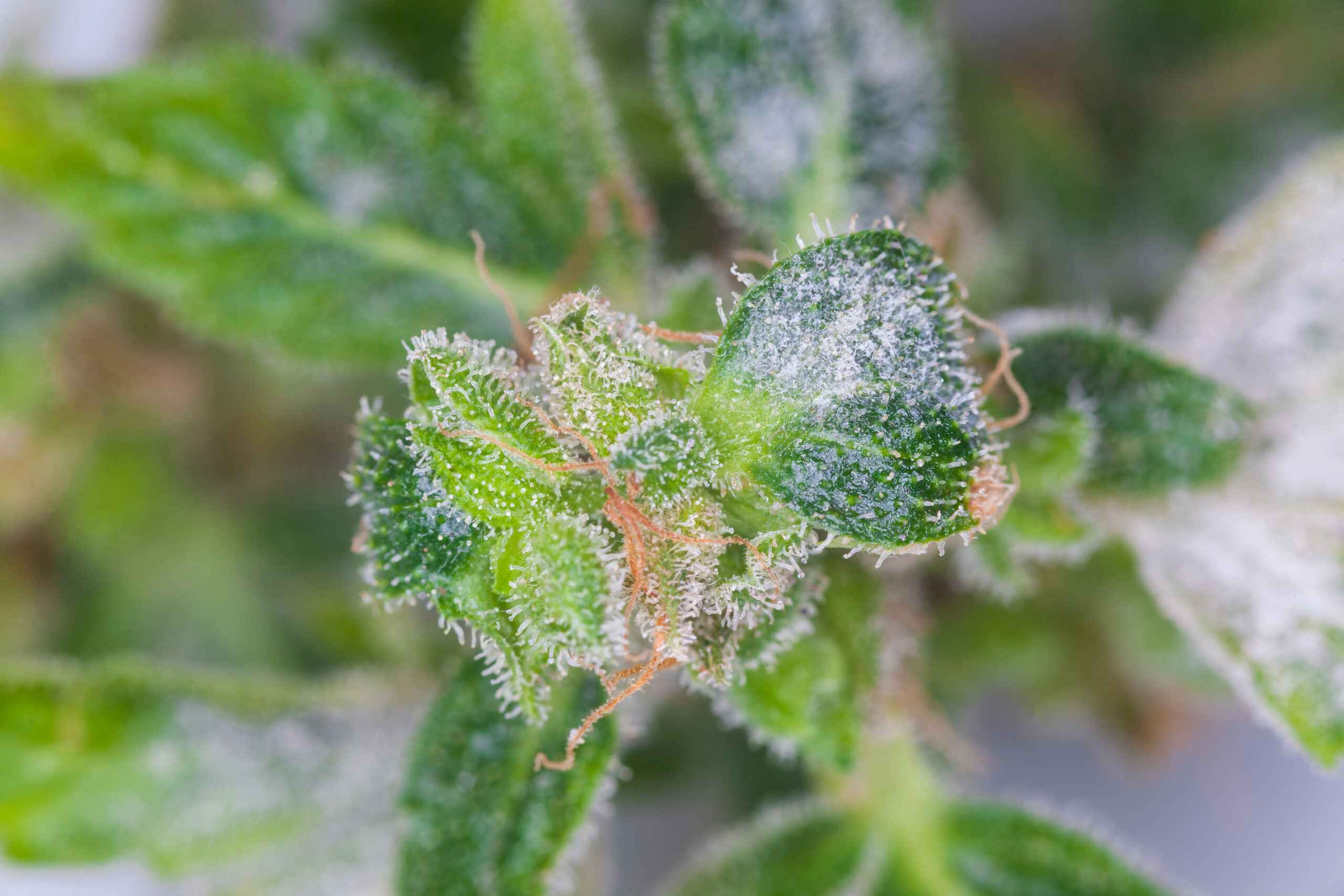
Bedrijfsrisico's bij het verkopen van beschimmelde wiet
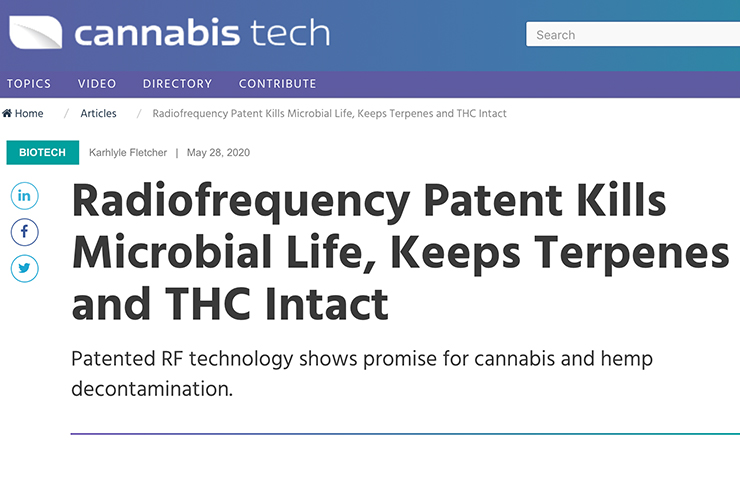
Radiofrequentie-octrooi

Ziel ontvangt EU GMP-goedkeuring voor microbiële controle
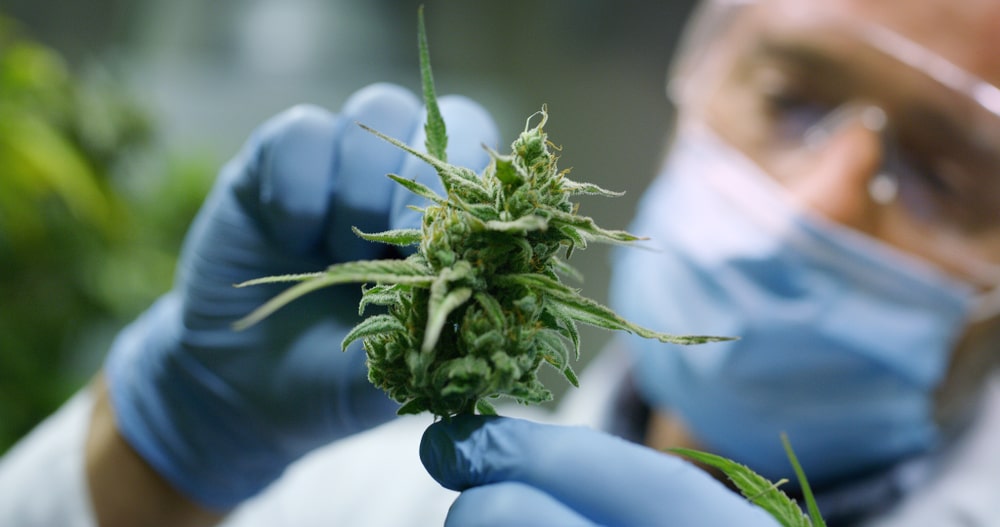
6 stappen om beschimmeld onkruid te voorkomen, identificeren en ontsmetten
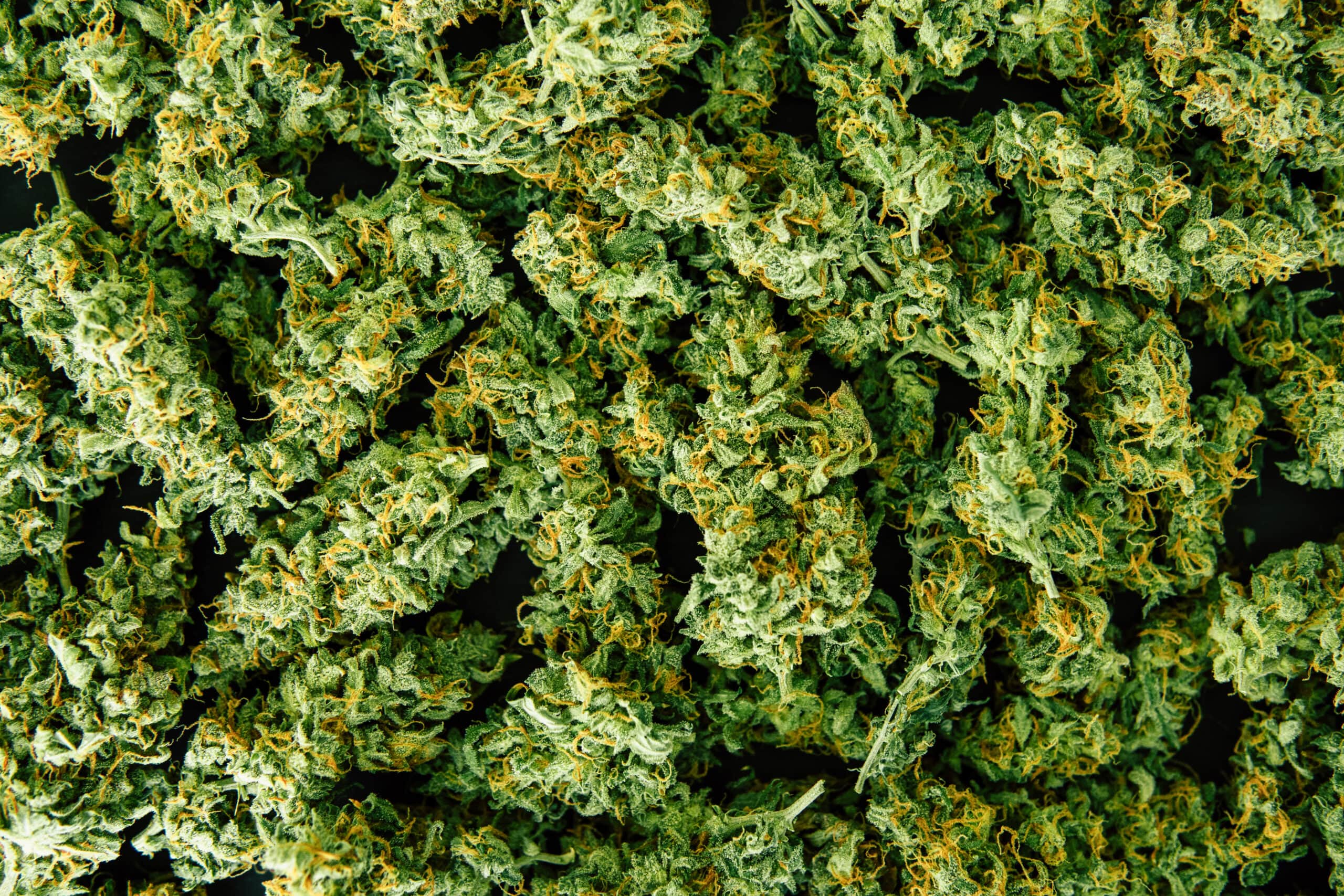
Cannabisontsmetting: radiofrequentie versus koud plasma
Neem vandaag nog contact met ons op
Zet de eerste stap om uw winstmarges te vergroten. Begin nu het gesprek.
Veelgestelde vragen over RFX
Heeft u meer vragen? Lees meer over hoe de RFX uw specifieke operatie kan helpen.
Kom meer te weten
Bekijk onze bronnenpagina en download aanvullende informatie over de oplossing waarin u geïnteresseerd bent.